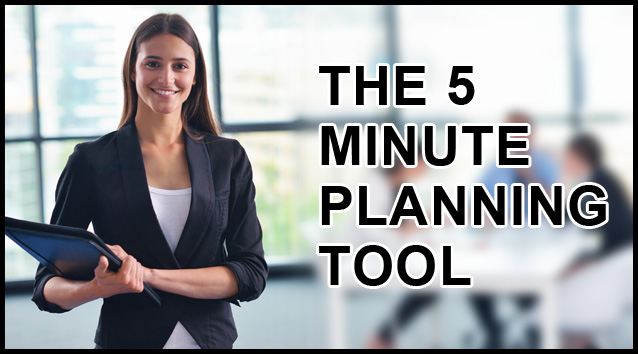 I’m a coach, so my clients (executives, entrepreneurs, consultants, coaches, and other high performers) show up in my practice for all sorts of reasons. If I had to categorize them, I’d say most clients were looking for ways ‘to stay calm in chaos”. That’s what Sam was looking for when he picked up to phone to call me one Tuesday morning.
I’m a coach, so my clients (executives, entrepreneurs, consultants, coaches, and other high performers) show up in my practice for all sorts of reasons. If I had to categorize them, I’d say most clients were looking for ways ‘to stay calm in chaos”. That’s what Sam was looking for when he picked up to phone to call me one Tuesday morning.
Sam had accomplished so much already. Yet now, he was facing a new challenge, feeling stressed and overwhelmed and needing to be calm and centered. He needed to make powerful, effective decisions despite the chaos surrounding him.
Sam (let’s call him Sam), a personable and intelligent man in his mid-30’s came to me when he was seeking work. He had left a prestigious position defined by constant conflict – a culture of anger and stress.
Happily married and the father of two little boys, he wanted to put his education and experience to work in a start-up with high potential for success.
Head hunters sought him out. He was getting impressive interviews, and getting call backs from HR, so what was the problem?
Sam wasn’t doing well in face-to-face interviews. Due to anxiety (leftovers from his last position, the confrontational style of some interviewers, money worries and problems with his young son) he came across as tense, slightly unfocused and rushed. His stellar education and previous experience weren’t shining through!
He knew he was reacting to the stress of interviews in a way that didn’t support his goal. He just didn’t know what to do about it, so we began working together.
First we discovered that when Sam experiences stress, his reaction is to want to “run away”. This reaction is hardwired into his brain stem and showed up each and every time he experienced any degree of chaos. We’d have to address this!
He soon came to understand that “flight” showed up in a concave chest (body language that transmits information), a raised voice, a rapid pace when he spoke which translated to “lack of confidence” and it happened each time he was triggered, even though he could now identify it.
Sam began practicing getting centered daily. With a few minutes of breathing practice – yes simple breathing exercises – in no stress and low-stress situations, he could create some space around his “reaction”.
In that space, he chose how to hold his body – upright and relaxed. From that posture, he was able to end his sentences with assurance, speak clearly and succinctly in his natural voice and stay calm, neutral and open to the interviewer.
For fun (and good practice) we role played interviews after centering practice to work on appropriate responses rather than his typical reactions. As he learned to respond, taking time to speak clearly, listen deeply and breathe, he smiled more, uncrossed his arms and leaned forward – always more inviting that his “collapsed” body language of early days.
Sam got so good at staying calm, keeping his body language open, being curious rather than intimidated and speaking with the confidence that showed off his knowledge and experience, that he landed a great VP of finance position in attractive firm (and helped his little boy through a difficult patch too).
Why did this work? Over 3 months, Sam was diligent about his practices. Oh sure, there were a few hiccups (like for most of us, progress wasn’t linear) but he kept improving. So much so that he gave me a glowing testimonial on Yelp.com
And the truly “good news” is that Sam now had the tools to use in any and all stressful situations.
Stress is an inevitable part of life. Good stress, like a promotion or marriage, or stress you categorize as negative around the loss of a job or a missed deadline all create the same reactions in your body.
Learning to recognize how you react, gaining the tools that support some centering – simply starting with your breath, allows you to be much more effective (and pleasant to be around) when that inevitable stress shows up.
You can begin the process by noticing your breath. Then without forcing a change in the inhale, begin extending the exhale – audibly, if you’re alone. Extending your exhale does a lot in relaxing the muscles of your face and upper body. It goes further by opening up the diaphragm. Fortunately, it also allows you to have a little more room in which to respond, rather than react.
Pretty simple but not so easy to remember when you need it most.
That’s why practicing in no-stress or low-stress situations is critical. If you practice for 28 days, you’ll create a new habit – a healthy one – that will pay off time and time again.
And how can you remind yourself to do this for 28 days? Set a calendar reminder on your computer, put a sticky note on your bathroom mirror, and put a sticky note on the dashboard of your car.
Take it from Sam, the rewards are tangible and huge.
